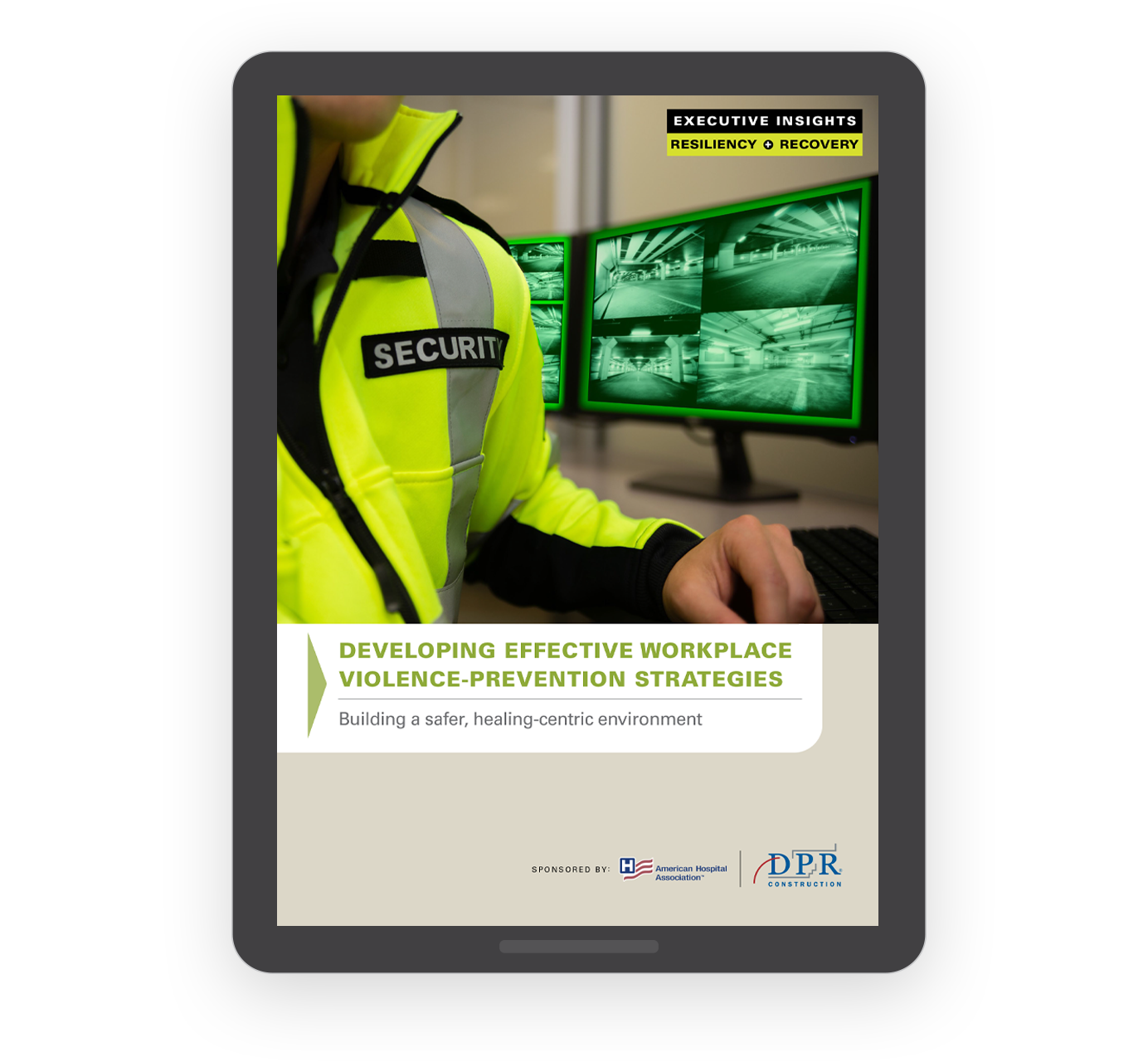Supply chain is about more than just materials selection and availability; it includes the ability to effectively manage the movement of those materials, making the logistics behind transporting those materials and storing them on the project site a key discipline.
When a project manager in Texas requested a quote for moving materials and freight directly from a nearby manufacturer to the jobsite, he was surprised by the excessively high number he received in response. In search of a better rate, he turned to the transportation logistics experts at OES Equipment, DPR’s longtime strategic partner. Transportation manager Annie Olson, who oversees large scale transportation bookings for OES, turned to her trusted network of brokers and trucking companies.
“I received quotes for the move, conducted an in-depth comparison to ascertain the best price for the job,” said Olson. “Ultimately, we were able to return to the project manager with a quote thousands of dollars below the one he’d received from the manufacturer.”
Finding the right materials at the right price doesn’t mean your supply chain challenges have been solved. Those materials still need to get to the jobsite. More than a standard component of supply chain management, logistics are a highly complex behind-the-scenes effort of collaboration and coordination—and a key planning opportunity for maximum efficiency in materials transportation and storage.
Risk and Reward in the Project Procurement and Delivery Process
Learn directly from building project owners how they manage the risks and make supply chain management effective.
TRANSPORTATION CHALLENGES
The 2023 Business Continuity Institute Supply Chain Resiliency Report stated that 44.4% of businesses researched in 2022 reported a main cause of disturbance in the supply chain was transport network disruption.
“A wide variety of logistical issues have hit the construction industry during the past few years,” said DPR logistics leader, Ed Lockwood, “But it’s not just the lingering COVID-19 difficulties,” he added. Major influences on disruption issues include railroads, longshoremen and truck driver strikes, high fuel costs, the recent collapse of a national LTL (less-than-a-truckload) freight company, increased demand for shipping containers, and the spiking costs of energy, freight and labor.
Lockwood also noted environmental issues including weather events, such as the impact of low water tides and less water flow severely affecting ocean freight logistics, as witnessed around the world in the Panama Canal and global shipping ports. Additionally, there is the ongoing concern of burning diesel fuel, as most freight in the United States is moved by truck, and some states, such a California, are passing new requirements on the use of diesel trucks.
Often, consideration of transportation logistics and associated challenges can be an afterthought during project planning, potentially contributing to complications down the road.
“Thinking about supply chain needs, and particularly transportation logistics, there’s certainly a higher risk of disruption,” said Lockwood. “Early forecasting and planning by a team of experts dedicated solely to logistics helps warrant the highest level of efficiency and delivery of a successful project to the customer.”
Early forecasting and planning by a team of experts dedicated solely to logistics helps warrant the highest level of efficiency and delivery of a successful project to the customer.
Ed Lockwood
Logistics Leader
COLLABORATION AND CLARITY
DPR’s supply chain management team has been collaborating with self-perform work teams, front line teams and OES Equipment to tackle this challenge.
“Working with OES’ newly centralized logistics management team provides us with a deeper insight and more transparency around the logistics of getting materials to jobsites,” said Tim Jed, DPR’s supply chain leader. “We provide project teams lead-time forecasts to help them plan and make logistics decisions in a detailed way, ideally before their project starts.” He added that having this level of clarity into proactive planning for inevitable disruptions can mean making decisions differently, including on site early stocking, and can make the difference in weeks and, potentially, even months for a project.
“We can control how we adapt to logistical challenges, and how we mitigate logistics issues proactively alongside a team of transportation logistics experts,” noted Lockwood.
SOLUTIONS IN ACTION
DPR’s quick action plans when navigating logistics comes from long-standing experience in planning for long lead times and maintaining strong relationships with customers and suppliers.
Recently, a client in Seattle had a major issue which was threatening to delay the project’s electrical panel boards. Using DPR’s relationship with the manufacturer, the team was able to mitigate the issues, and deliveries of the panel boards were prioritized, resulting in timely delivery of the panel boards and no impact to the substantial completion date of the project.
In another example for a customer, DPR exported materials to a project site outside of our geography on tight timeline.
“We ran into an issue with getting insulation spray foam to the project site over a holiday weekend. The existing provider of transportation became unresponsive to the project team. We were able to use our transportation providers to fill the gap and meet the projects timelines,” said Lockwood.
Having strong relationships with suppliers differentiates DPR as it helps us to mitigate risks, protects completion dates, and helps ensure on-time quality delivery.
OES had 72 hours to get six tons of rebar cut to length, bent to shape and delivered. We reached out to one of our vendors capable of handling the job and got them the drawings. As a result, a key concrete pour stayed on schedule.
Mathew Gunter
OES Equipment
For very large projects with a high level of intricacy, DPR and OES have created efficient storage solutions onsite if the nearby OES location isn’t the correct choice for that specific project. With this commitment, logistics managers are on the jobsite full time; they control day-to-day aspects of a project team’s logistics management and ensure that someone is consistently accountable and responsible for any logistical need the project may have.
OES had a logistics manager on site for a DPR project in Nashville, TN, when the rebar vendor suddenly could not meet the tight turnaround for materials delivery.
“OES had 72 hours to get six tons of rebar cut to length, bent to shape and delivered,” said Mathew Gunter, OES’s inside sales representative for the project, who was on site every day. “We reached out to one of our vendors capable of handling the job and got them the drawings. As a result, a key concrete pour stayed on schedule.”
Additionally, OES and DPR works out scheduling so that the customer can ultimately save on warehousing of equipment.
“We’ve done this on a number of occasions for some of our biggest clients,” said Lockwood. “We’re talking about huge projects that are lengthy and complex, and especially on those, logistics management shouldn’t fall back on superintendents, project managers or other leaders. By providing additional expertise, we are able to allow DPR site leaders to concentrate on quality, schedule and budget.”




